02.29.2016
0830

When it comes to simplifying your life to create a zero waste life, there are a lot of tasks to tackle in every aspect of your life. It takes time and you have to go through your bathroom, kitchen, closet, pantry, car; every area of everything you own. So there will come a point during this clean out process that you come across items that can’t be donated or recycled, which means you’re producing trash. The struggle here is to either use up the item and then eventually throw it away or toss it out immediately. This is the case with my writing utensils.
In my undergrad, because I was an art & design student, I was required to buy a lot of art supplies. When I say a lot, I mean Prismacolor Premier Double Ended Art Markers, Brush Tip and Fine Tip, Set of 24 Assorted Colors, Prismacolor Premier Soft Core Colored Pencil, Prismacolor Nupastel Set, Winsor & Newton Cotman Water Color 12-Tube Set, Royal & Langnickel Small Tin Charcoal Drawing Art Set, Koh-i-noor Woodless 12 Graphite Set, and the list goes on and on. However, the great thing about art supplies is that someone else always needs it. Once I graduated, I donated some of my art supplies to my former BFA program and I also donated items to incoming art & design students, whom I was connected through colleagues of mine.
I have a basic rule I live by when it comes to keeping art supplies, “If it’s a ‘wet’ art supply, donate it”. I stick to that rule because the majority of the items that I “think I will use,” I most likely won’t use it again before it dries out. I understand that some people need creative outlets to express themselves, but for me- I only keep items that require minimal maintenance.
I kept my Pentel Sharp Mechanical Pencil, 0.7mm, Blue Barrel, Each (P207C), Avery AVE49838 Tripleclick Ballpoint Multifunction Retractable Pen, Black Ink, M, Black , Pilot Dr. Grip Ballpoint Ink Refills , PRISMACOLOR DESIGN Eraser, 1224 Kneaded Rubber Eraser , Pentel Super Hi-Polymer Lead Refills, 0.5 mm lead refills and Pentel Super Hi-Polymer Lead Refill , 0.7 mm lead refills. I am more creative and can speed sketch faster when I work with graphite and ink. I work in the architecture and design industry and there is a level of creativity that I must maintain. I’ve opted out of junk mail as much as I can but a few pieces still get through so I use scraps of paper from junk mail to take notes on.
As time passes, I will see if I want to stick with my Pilot Dr. Grip ink refills. The packaging that these refills come in are not completely environmentally friendly so I still question the use of them. However, I will probably stick with lead. Lead is one of my favorite rendering mediums and there’s something very comfortable with using a pencil that takes me back to my childhood. I recommend using the kneadable eraser because the eraser doesn’t slough off when you use it so there’s no mess left over from using it.

On a side note, if you do have a set of colored pencils like this:

It’s not a bad idea to write out each code number of each colored pencil on a piece of paper so that you know exactly how the color is going to render on plain white paper. With this system, when you go to the art store to replace a single pencil, you’ve already got the info.





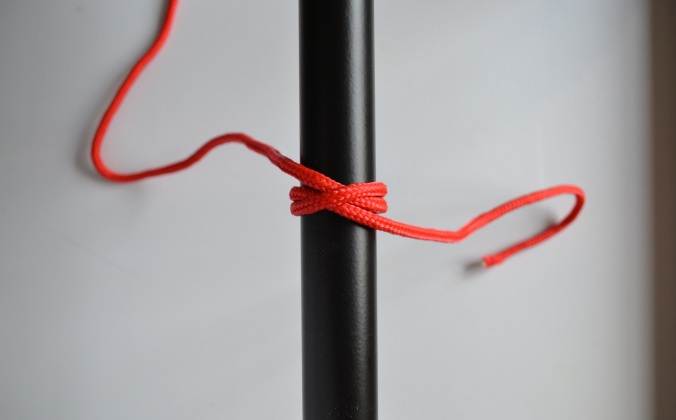




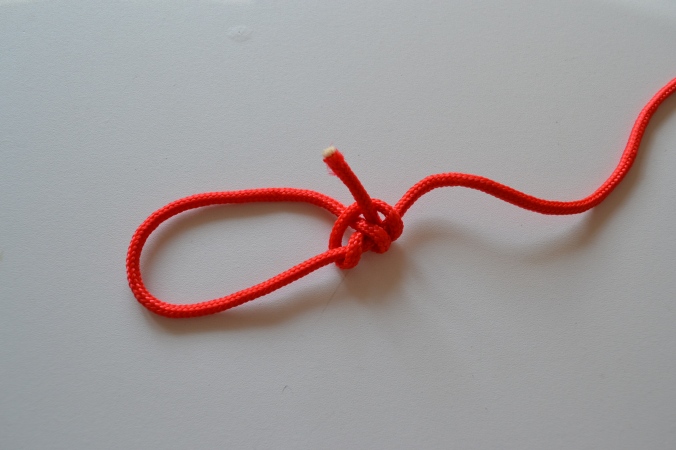





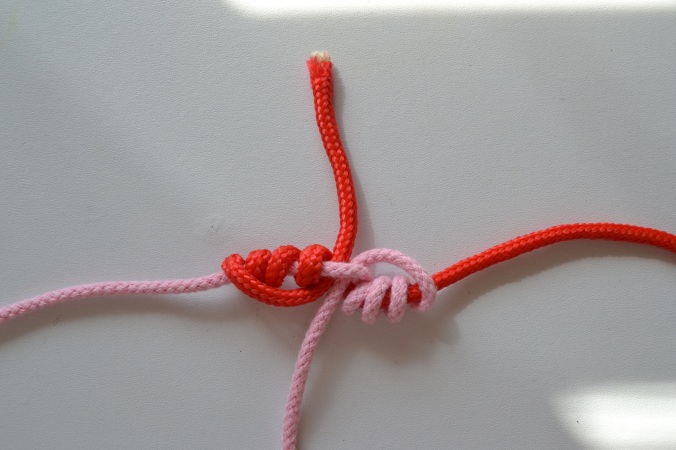




















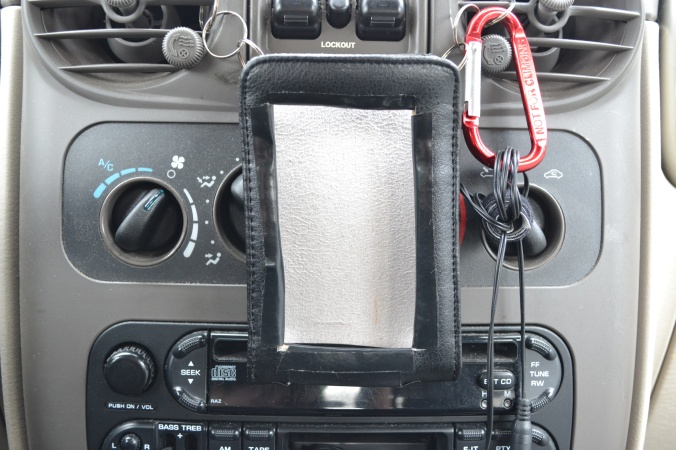
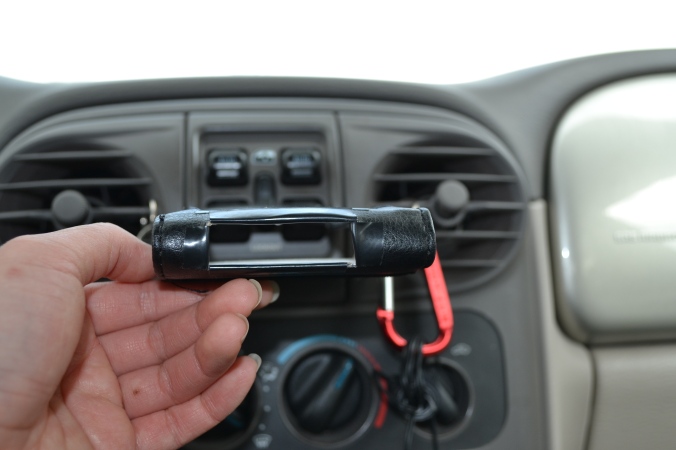


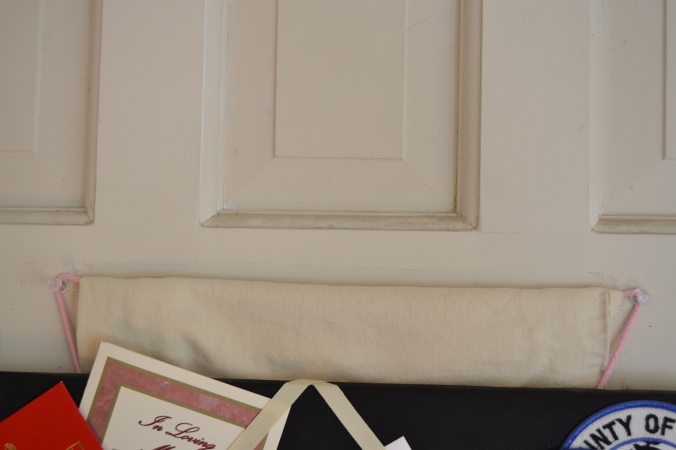
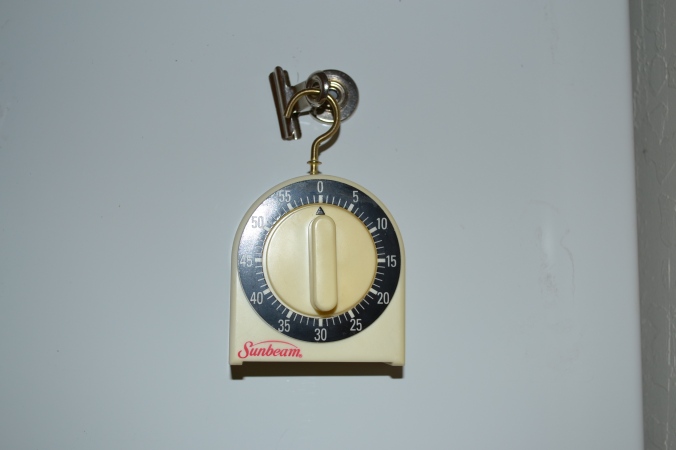
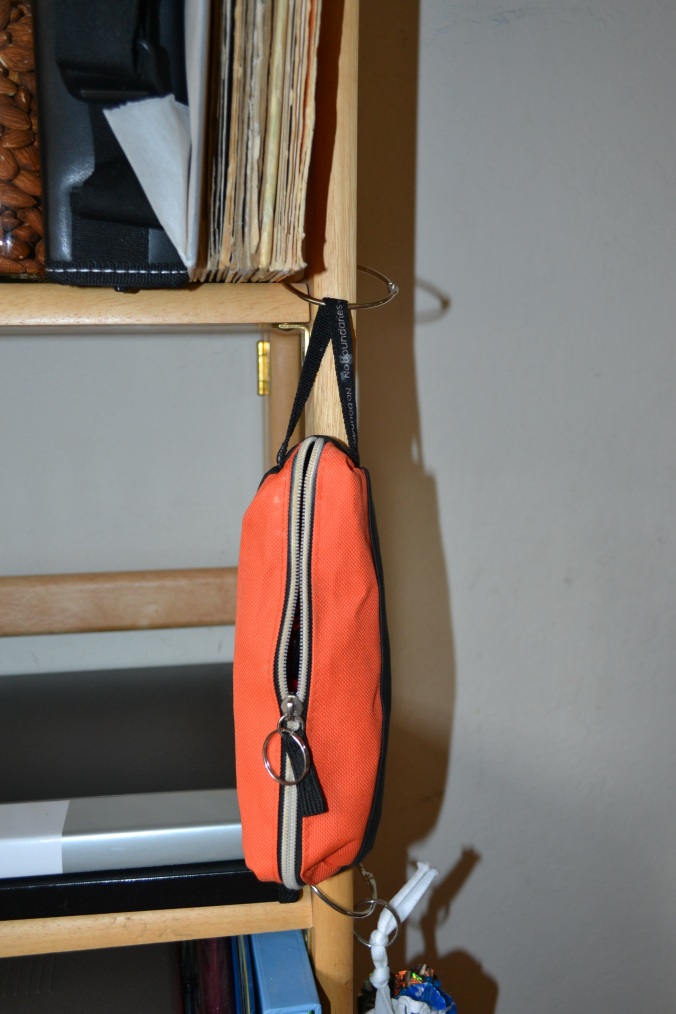
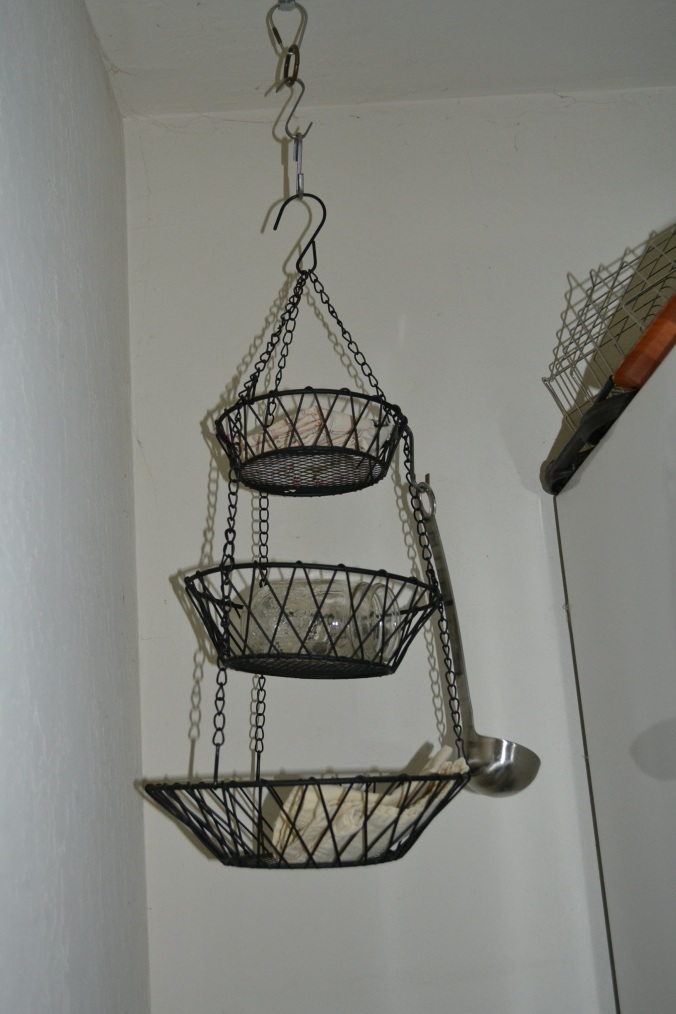
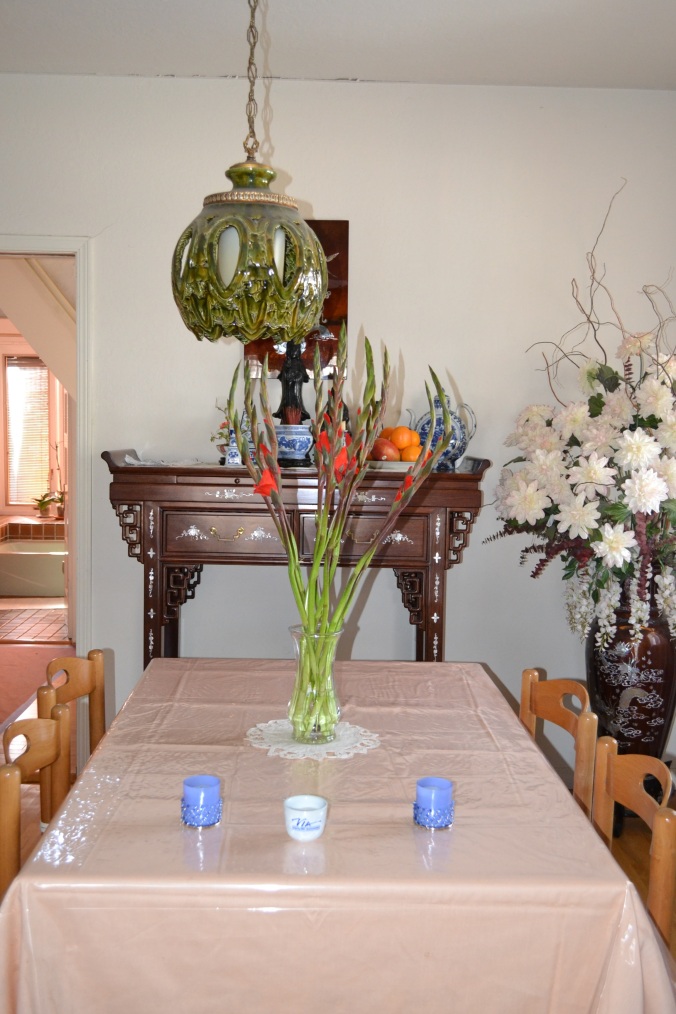



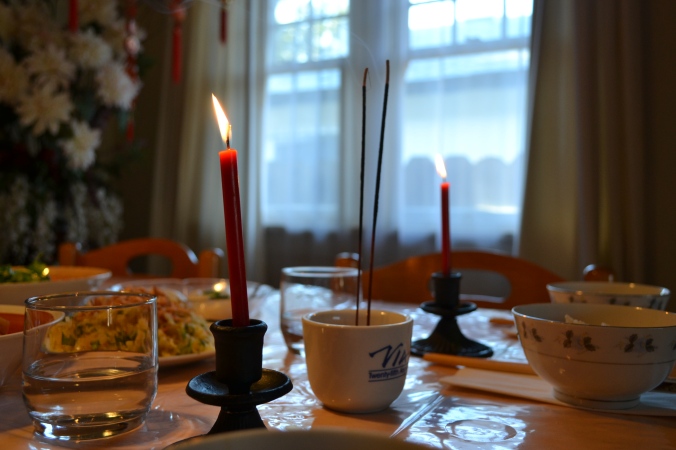



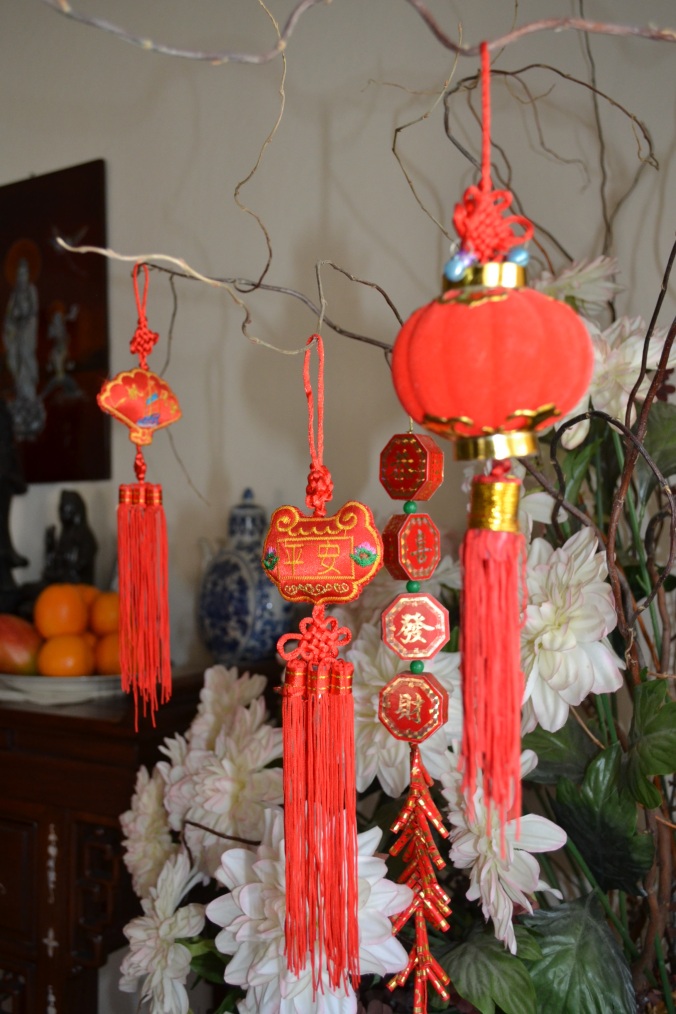









 Notes:
Notes:
 Tết is the most important celebration in the Vietnamese culture.
Tết is the most important celebration in the Vietnamese culture.
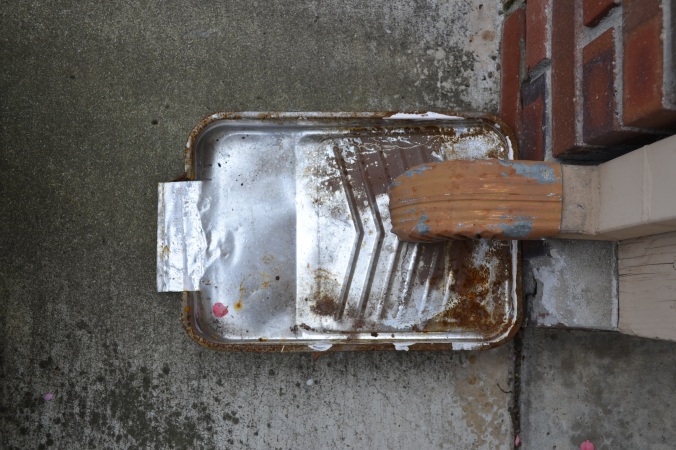
Good job A good food in Tet’s Days at Vietnam, however, eating it in normal days is ok ! ^^
A good food in Tet’s Days at Vietnam, however, eating it in normal days is ok ! ^^
Year round is definitely okay with me too
Thanks! Just wish I had some Dua Cai Chua to go with this. =]
its so hard to find vietnamese recipes i understand and use online. more more more.
=] sure thing.
This reminds me of a Korean side dish called “Jang Joh Rim.” I wonder if they taste similar!
Yeah it seems a lot of Asians share a similar variation of this dish!
Huy, do i cover the pot with a lid? or leave it open?
You only need to cover it slightly at the start so the liquid can reduce. Towards the end you can probably remove the lid entirely–adjust as needed.
Really great recipe, the step by step pictures are really appreciated. Thank you for sharing, and keep them coming!
Similar to adobo in the philippines:) ill try this recipe..
A friend made this as a comfort meal for me once and I loved it!
Now I can try making it for my family. Wondering if this needs to be simmered covered with a lid or left open to boil? Thanks
Lid open mostly, to reduce. If the meat is still tough you can add water as needed and continue to boil uncovered until it reaches a sauce thickness you like.
This is way better than the Filipinos’ adobo.
looks similar to adobo but taste way different to adobo trust me this dish is heaps tastier
make sure you use good fish sauce, like the one pictured above.
I love the pictures and the steps are very similar to my notes from my mom’s cooking lesson to me. The only thing is I just cooked it today with the country style boneless ribs and I compared it to the pork belly meat. Somehow the rib meat was more tough. Is there a way to make it more tender? I cooked 2hrs as your recipe dictates.
Also, many people asked & I wonder also, do you cook your pot covered or uncovered?
I cook it uncovered so the liquid can reduce (evaporate) to an amount I like. If you see it reduces too much you can put the lid back on or add some water.
As for toughness of the meat, different cuts will vary in amount of connective tissue. Just cook it longer if its still too tough. At first I was afraid to overcook it, but giving it more time has always resulted in tender results. Just check it every 15 minutes or so.
Just tried your recipe. Turned out so awesome. Thanks!!!
Is that a typo? This doesn’t take 20 hours does it? If so, can we cook this in a crock pot?
By the way, I’ve had this dish many times at parties and IT IS TO DIE FOR! I love that the ingredients are simple and so are the directions. Is there a substitute for the coconut soda, if I’m not able to find it? Thanks!
I’m DYING, that’s hilarious!! Yeah I meant to say 2 hours–oops, that’s been updated and thanks!
The best thing you can use is fresh coconut juice, coco soda 2nd, then 3rd is cola or lemon-lime soda. Hope that helps.
Can you substitute chicken or beef? I do not eat Pork. I’m sure it won’t taste the same but thought I would ask
Have you or can you substitute chicken or beef. I have taken pork out of my diet.
Hey Trinity, I personally haven’t tried it but I bet it would be pretty good too. I’ve had this with tofu instead of meat and really enjoy that version too!
Super easy recipe to follow, and ended up delicious! I used pork shoulder only because the local grocery store didn’t have any pork belly left, and the end product was still absolutely delicious! The meat was so tender and flavorful without being too salty. Thanks for sharing this recipe!
Hey Amy glad to hear you liked it! Yeah you can really use any cut of pork you want and it still turns out pretty well